La pêche au trésor
Les critiques & articles
The reviews & articles
New York Herald Tribune
(USA)
Thank God there is a bit of reason in this crazy world. The Marx Brothers are back on screen in a slightly modified form. The event is worth talking about [...]. Marx Brothers fans will get their money's worth, they will find the eternal gags developed by the actors. All of this is visible at the Criterion.
Grâce à Dieu, il y a un peu de raison dans ce monde délirant. Les Marx Brothers sont de retour à l'écran sous une forme légèrement modifiée. L'événement vaut la peine qu'on en parle [...]. Les fans des Marx Brothers en auront pour leur argent, ils retrouveront les éternels gags mis au point par les comédiens. Tout cela est visible au Criterion.
New York Post
(USA)
The film is inventive and lively, in the pure tradition of the Marx Brothers. Will the young people find there the same pleasures as the previous generation, and will this one find there everything that made her laugh? Only the future will tell us.
Le film est plein d'invention et vivant, dans la pure tradition des Marx Brothers. Les jeunes y trouveront-ils les mêmes plaisirs que la génération précédente, et celle-cy y retrouvera-t-elle tout ce qui la faisait se tordre de rire ? Seul l'avenir nous le dira.
Harrison's Reports - September, 17, 1949
(USA) scan magazine sur
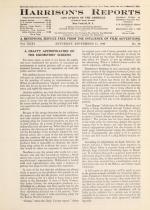 A CRAFTY APPROPRIATION OF THE EXHIBITORS' SCREENS
A CRAFTY APPROPRIATION OF THE EXHIBITORS' SCREENS
For many years, as most of you know, the exhibitors have condemned the practise of concealed advertisements in motion pictures sold as pure enternainment because it is an imposition on both the public and the exhibitor.
The exhibitor knows from experience that a patron who pays and admission price at the box-office does so for the privilege of seeing an entertainment only. When an advertisement is "slipped" over on him, he feels that he has become the victim of an advertising stunt, and rightfully resents it.
And the exhibitor, too, feels that he has been taken advantage of, for when he finds advertising injected into a picture he had bought for entertainment purposes, it means that producers has appropriated his screen without paying for the privilege and without regard for the resentment that will be felt by the audience.
Because of the strong objections by the exhibitors, the major studios and most independent producers now take extreme precautions to make sure that advertising plugs for commercial products are kept out of their pictures. As a result of their vigilance, it is seldom that such ads show up. When they do get into a picture, the chances are that a property man, without the knowledge of the producer, slipped the commercial article into a scene at the last moment, and that the producer did not notice it until after the picture was completed. By that time, in most cases, the producer finds it impossible to eliminate the advertising plugs unless the re-shoots the scene, a process that would be either too expensive or impracticable.
Needless to say, the person who works for a production unit and who succeeds in sticking a brand article into a scene is compensated handsomely by the manufacturer's reprensentative. Hollywood is loaded with such representatives who make a business of getting free plugs for the articles they represent.
In view of the fact that the exhibitors are always ready to pounce on any producer who permits an advertisement to slip into his picture, even unintentionally, it comes as sort of a shock to learn, from a news report in the September 12 issue of Daily Variety, that Lester Cowan, the independent producer, is a defendant in a damage suit filed against him by the Gruen Watch Company, wich charges that he pulled their advertising material out of his picture, "Love Happy," and replaced it with advertising plugs for the Bulova Watch Company.
"Gruen," states the Daily Variety report, "claims its original pact with Cowan provided only that it furnish the producer with certain sets, in return for which it would get the plugs. Watch company leter was asked, it's alleged, to put up additional coin for advertising. When it balked Cowan re-shot the watch sequences, subbing Bulova."
HARRISON'S REPORTS is not concerned with the relative merits of the litigation between Cowan and the Gruen Watch Company. But, assuming that the report is acurate, it is concerned with the blatant disregard that Cowan has shown for the rights of the exhibitors and their patrons in deliberately entering into a contract with manufacturer to advertise his product in a picture that is being offered to the exhibitors and the public as pure entertainment. It means that the exhibitor who shows the picture wil have his screen appropriated as a billboard, not only without payment, but also to the displeasure of his patrons.
"Love Happy," wich stars the Marx Brothers, and which is being distributed through United Artists, has played several engagements recently, but it has been withdrawn from release indefinitely because of, to quote a United Artists spokesman, "financial difficulties." The picture has not been made available to the trade press for revewing, despite this paper's request that it be shown, not only because of the several engagements played, but also because of the trade paper advertisements urging the exhibitors to book it. Consequently, this paper is in no position to state just how much of a plug Bulova watches are given.
According to information on hand, however, the picture features a Times Square chase sequence, in which Harpo Marx is pursued along roof-tops and through huge electrical advertising signs on Broadway. It is obvious that such a sequence lends itself to advertising plugs for other products, and it is reasonable to assume that, if other products are advertised, they have been inserted for a consideration, such as reported in the case of Bulova and Gruen watch companies.
A full report on this picture will be made as soon as the picture is made available for reviewing. Meanwhile, HARRISON'S REPORTS suggests to the exhibitors that, before buying the picture, they insist that the distributor include in the contract a clause guaranteeing that the picture will not contain any advertisements, either concealed or sponsored, and that, if such advertisements do appear, the distributor will be liable to the exhibitor for a certain sum of money, generally in accordance with the rates charged by the exhibitors whenever they show sponsored advertising reels.
UNE SAVANTE APPROPRIATION DES ÉCRANS DES EXPOSANTS
Depuis de nombreuses années, comme la plupart d'entre vous le savent, les exposants ont condamné la pratique des publicités cachées dans les films vendus comme pur divertissement parce qu'il s'agit d'une imposition à la fois au public et à l'exploitant.
L'exposant sait par expérience qu'un mécène qui paie un prix d'entrée au box-office le fait uniquement pour le privilège de voir un spectacle. Lorsqu'une publicité lui est "glissée", il a le sentiment d'être victime d'un coup publicitaire et s'en veut à juste titre.
Et l'exploitant, lui aussi, a le sentiment d'avoir été exploité, car lorsqu'il trouve de la publicité injectée dans un film qu'il avait acheté à des fins de divertissement, cela signifie que les producteurs se sont appropriés son écran sans payer le privilège et sans tenir compte du ressentiment qui sera ressenti par le public.
En raison des fortes objections des exposants, les grands studios et la plupart des producteurs indépendants prennent désormais des précautions extrêmes pour s'assurer que les prises publicitaires pour les produits commerciaux ne figurent pas dans leurs films. En raison de leur vigilance, il est rare que de telles publicités apparaissent. Lorsqu'ils entrent dans un film, il y a de fortes chances qu'un propriétaire, à l'insu du producteur, ait glissé l'article commercial dans une scène au dernier moment, et que le producteur ne l'ait remarqué qu'une fois le film terminée. À ce moment-là, dans la plupart des cas, le producteur se trouve dans l'impossibilité d'éliminer les prises publicitaires à moins qu'il ne re-tourne la scène, un processus qui serait soit trop coûteux, soit irréalisable.
Inutile de dire que la personne qui travaille pour une unité de production et qui réussit à coller un article de marque dans une scène est largement rémunérée par le représentant du fabricant. Hollywood regorge de tels représentants qui se font un devoir d'obtenir des prises gratuites pour les articles qu'ils représentent. Compte tenu du fait que les exposants sont toujours prêts à bondir sur tout producteur qui permet à une publicité de se glisser dans son film, même involontairement, c'est comme une sorte de choc d'apprendre, d'après un reportage dans le numéro du 12 septembre de Daily Variety, que Lester Cowan, le producteur indépendant, est accusé dans une action en dommages-intérêts intentée contre lui par la Gruen Watch Company, qui l'accuse d'avoir retiré leur matériel publicitaire de son film, "Love Happy", et de l'avoir remplacé par des prises publicitaires pour la Bulova Watch Company.
"Gruen", déclare le rapport du Daily Variety, "réclame son pacte initial avec Cowan à condition seulement qu'il fournisse au producteur certains ensembles, en échange desquels il obtiendrait les prises. On a demandé à la société horlogère de mettre en place une scène supplémentaire pour la publicité. Quand il a hésité, Cowan a refait les séquences de la montre, remplaçant Bulova."
HARRISON'S REPORTS n'est pas concerné par les mérites relatifs du litige entre Cowan et la Gruen Watch Company. Mais, en supposant que le rapport est exact, il est préoccupé par le mépris flagrant dont Cowan a fait preuve pour les droits des exposants et de leurs clients en concluant délibérément un contrat avec le fabricant pour annoncer son produit dans un film qui est offert aux exposants et au public comme un pur divertissement. Cela signifie que l'exposant qui montre l'image se verra confisquer son écran comme panneau d'affichage, non seulement sans paiement, mais aussi au grand dam de ses mécènes.
"Love Happy", qui met en vedette les Marx Brothers et qui est distribué par United Artists, a joué plusieurs engagements récemment, mais il a été retiré d'une sortie indéfiniment en raison, pour citer un porte-parole de United Artists, de "difficultés financières". Le film n'a pas été mis à la disposition de la presse spécialisée pour examen, malgré la demande de ce journal de le montrer, non seulement en raison des nombreux engagements joués, mais aussi à cause des publicités dans les journaux spécialisés incitant les exposants à le réserver. Par conséquent, cet article n'est pas en mesure d'indiquer à quel point les montres Bulova sont montrées.
Selon les informations disponibles, cependant, le film présente une séquence de poursuite sur Times Square, dans laquelle Harpo Marx est poursuivi le long des toits et à travers d'énormes panneaux publicitaires électriques sur Broadway. Il est évident qu'une telle séquence se prête à des prises publicitaires pour d'autres produits, et il est raisonnable de supposer que, si d'autres produits sont annoncés, ils ont été insérés moyennant une contrepartie, comme indiqué dans le cas des sociétés horlogères Bulova et Gruen.
Un rapport complet de ce film sera rédigé dès qu'il sera disponible pour visionnage. En attendant, HARRISON'S REPORTS suggère aux exposants d'avant acheter le film, qu'ils exigent que le distributeur inclue dans le contrat une clause garantissant que le film ne contiendra aucune publicité, ni cachée ni sponsorisée, et que, si de telles publicités apparaissaient, le distributeur sera redevable envers l'exposant d'une certaine somme d'argent, généralement conforme aux tarifs pratiqués par les exposants lors de la diffusion d'enroulements publicitaires sponsorisés.
Harrison's Reports - October, 08, 1949
(USA) scan magazine sur
 A REPORT ON "LOVE HAPPY"
A REPORT ON "LOVE HAPPY"
In the editorial entitled " A Crafty Appropriation of the Exhibitor's Screens," which appeared in the September 17 issue of this paper, it was stated that a full report would be made on the Lester Cowan production of "Love Happy" as soon as it was made available for reviewing, because of indications that the picture contained advertising plugs for numerous commercial products.
After seeing the picture, it is the opinion of this writer that it is nothing more than a billboard of immense size despite its entertainment values. Not since 1931, when paid and concealed advertisements in pitcures were running rampant, has there been any picture that equals "Love Happy" in this respect.
The nationally know products that are given advertising plugs in the different scenes include Bulova watches, Kool cigarettes, Baby Ruth candy, General Electric lamps, Fisk tires, Wheaties, Mobiloil and Mobilgas. Each of these products are plugged, not by word, but by huge displays that take up the entire screen area.
Unlike some advertisements that are inserted in backgrounds under the pretense of obtaining realism, there is nothing subtle about the manner in which those that appear in "Love Happy" are handled; each is shown in a large close-up, and each has been inserted in a way that makes it so indivisible from the action that, even if an exhibitor wanted to snip out these plugs, he could not do so without ruining the continuity of the proceedings. And there advertising plugs are not mere flashes; each is shown over a sustained period of time to make sure that the audience does not miss it.
In the aforementioned September 17 editorial, this paper, after referring to a damage suit filed against Lester Cowan by the Gruen Watch Company, which alleges that he pulled their advertising plugs for Bulova watches, stated that Cowan has shown a blatant disregard for the exhibitors and their patrons by deliberately entering into a contract with a manufacturer to advertise his product in a picture that is being offered to the exhibitor and the public as pure enternainment. It pointed out also that Mr. Cowan, to fulfill such contract, will appropriate the exhibitor's screen as a billboard.
Several days after the appearance of that editorial, Mr.Cowan telephoned the writer and, in a lenthgly conversation, defended his agreements with the different manufacturers for the advertising of their products in the picture. The gist of Mr. Cowan's remarks is that the plugs were inserted on the basis of reciprocal advertising whereby the different manufacturers, through radio, newspaper, magazine, billboard and other advertising of thier products would include also a plug for "Love Happy," and in certain key cities the radio plugs would make mention of the theatres playing the picture.
Mr. Cowan stated that he is just as set against advertising in pictures as any one else in the industry, for the practise means that you are prostituting the screen, but he felt that the case of "Love Happy" is different because the motive is reciprocal advertising for the picture to the ultimate benefit of the exhibitors. Mr Cowan added that he realized fully that he was treading on dangerous ground but hoped that the exhibitors would see the value of the tieups gained.
In reply to a direct question from the writer, Mr. Cowan stated flatly that he did not receive one penny from any of the advertisers, but admitted that all had furnished him with the sets in which their products are advertised.
Mr. Cowan was offered the columns of his paper to state his case to the exhibitors, but he preferred that the writer make his one comments after seeing the picture and after being furnished with a press-book that outlines the different promotion campaigns that have been set up.
That the picture, in the opinion of this writer, is a billboard of immense size, has already been said. As to the press-book, it discloses that, aside from the usual tieups in which mention will be given to the picture in the promotionnal material normally sponsored by the manufacturers of the products plugged in the picture, a special extra campaign will be conducted by Bulova, which will coordinate its radio and television spot time announcements with the picture's opening, running for six full days starting three days before the opening, and including the name of the local theatre exhibiting the film. According to the press-book, however, this special campaign will be conducted in a number of selected first-run situation only.
The manufacturers of Baby Ruth candy, Fisk ties, and Kool cigarettes are among those who will put on special campaigns through either radios, newspaper, magazine and bill postong advertisements, but these, too, according to the press-book, are limited campaigns confined to certain key cities.
Mobilgas and Mobiloil, which receive a considerable advertising plug in the picture, will distribute special display kits to over 21,000 dealers, and each will be "urged" to post the display pieces conspicuously around their gas stations.
The press-book gives no indication of what the manufacturers of Wheathies and General Electric lamps will do in the way of reciprocal advertising at the time of the picture's release.
There is no question that the exhibitors will derive a certain amount of benefit from the tieups arranged for "Love Happy". But the major benefit, as this writer sees it, will be to the theatres in the main key centers because the important reciprocal advertising will be concentrated in those sections. Thousands of exhibitors who are away from these key centers and who will play the picture (if they buy it) many months after the original ballyhoo dies down will get little benefit, yet they will be asked to lend their screens to the plugging of the different products.
One cannot help but wonder if it was necessary for Mr. Cowan to insert into his picture the advertising plugs for the different products in order to get reciprocal advertising from the manufacturers. HARRISON'S REPORTS believes that
(Continued on back page)
UN REPORTAGE SUR "LOVE HAPPY"
Dans l'éditorial intitulé "Une savante appropriation des écrans des exposants", paru dans le numéro du 17 septembre de ce journal, il était indiqué qu'un rapport complet serait fait sur la production de "Love Happy" par Lester Cowan dès qu'il serait disponible en visionnage, en raison d'indications que le film contenait des prises publicitaires pour de nombreux produits commerciaux.
Après avoir vu le film, votre auteur est d'avis qu'il ne s'agit que d'un panneau d'affichage de taille immense malgré ses valeurs de divertissement. Pas depuis 1931, lorsque les publicités payantes et dissimulées dans les films sévissaient, il n'y a eu aucun film qui équivaut à "Love Happy" à cet égard.
Les produits connus à l'échelle nationale qui reçoivent des prises publicitaires dans les différentes scènes comprennent les montres Bulova, les cigarettes Kool, les bonbons Baby Ruth, les lampes General Electric, les pneus Fisk, les Wheaties, Mobiloil et Mobilgas. Chacun de ces produits sont cités, non pas par des mots, mais par d'énormes écrans qui occupent toute la surface de l'écran.
Contrairement à certaines publicités insérées dans des arrière-plans sous prétexte d'obtenir du réalisme, il n'y a rien de subtil dans la manière dont sont traitées celles qui apparaissent dans "Love Happy" ; chacune est montrée en gros plan, et chacune a été insérée d'une manière qui la rende si indissociable de l'action que, même si un exposant voulait couper ces prises, il ne pourrait le faire sans ruiner la continuité du processus. Et là, les prises publicitaires ne sont pas de simples flashs ; chacune est montrée sur une période de temps prolongée pour s'assurer que le public ne les rate pas.
Dans l'éditorial susmentionné du 17 septembre, ce journal, après avoir fait référence à une action en dommages et intérêts intentée contre Lester Cowan par la Gruen Watch Company, qui allègue qu'il a retiré leurs prises publicitaires pour les montres Bulova, a déclaré que Cowan avait fait preuve d'un mépris flagrant pour les exposants et leurs clients en concluant délibérément un contrat avec un fabricant pour faire la publicité de son produit dans un film offert à l'exposant et au public à titre de pur divertissement. Elle précise également que M. Cowan, pour remplir ce contrat, s'appropriera l'écran de l'exposant comme panneau d'affichage.
Plusieurs jours après la parution de cet éditorial, M. Cowan a téléphoné à votre auteur et, dans une longue conversation, a défendu ses accords avec les différents fabricants pour la publicité de leurs produits dans le film. L'essentiel des remarques de M. Cowan est que les prises ont été insérées sur la base d'une publicité réciproque selon laquelle les différents fabricants, par le biais de la radio, des journaux, des magazines, des panneaux d'affichage et d'autres publicités de leurs produits, incluraient également une prise publicitaire pour "Love Happy", et dans certaines grandes villes, les pubs de radio feraient mention des salles projetant le film.
M. Cowan a déclaré qu'il est tout aussi opposé à la publicité dans les films que n'importe qui d'autre dans l'industrie, car cette pratique signifie que vous prostituez l'écran, mais il a estimé que le cas de "Love Happy" est différent parce que le motif est la publicité réciproque pour le film au bénéfice ultime des exposants. M. Cowan a ajouté qu'il se rendait pleinement compte qu'il marchait sur un terrain dangereux mais espérait que les exposants verraient la valeur des égalités gagnées.
En réponse à une question directe de l'auteur, M. Cowan a déclaré catégoriquement qu'il n'avait reçu aucun un sou des annonceurs, mais a admis que tous lui avaient fourni les ensembles dans lesquels leurs produits sont annoncés.
M. Cowan s'est vu offrir les colonnes de son journal pour exposer son cas aux exposants, mais il a préféré que votre auteur fasse son seul commentaire après avoir vu le film et après avoir reçu un dossier de presse qui décrit les différentes campagnes de promotion qui ont été mises en place.
Que le film, de l'avis de votre auteur, soit un panneau d'affichage de taille immense, a déjà été dit. Quant au dossier de presse, il révèle qu'outre les habituels attaches dans lesquelles mention sera faite du film dans le matériel promotionnel normalement parrainé par les fabricants des produits branchés sur le film, une campagne supplémentaire spéciale sera menée par Bulova, qui coordonnera ses annonces à la radio et à la télévision avec l'ouverture du film, pendant six jours complets à partir de trois jours avant la sortie, et incluant le nom du théâtre local présentant le film. Selon le dossier de presse, cependant, cette campagne spéciale ne sera menée que dans un certain nombre de situations de première diffusion sélectionnées.
Les fabricants de bonbons Baby Ruth, de cravates Fisk et de cigarettes Kool font parties de ceux qui organiseront des campagnes spéciales par le biais de publicités à la radio, dans les journaux, les magazines et les affiches publicitaires, mais celles-ci aussi, selon le dossier de presse, sont des campagnes limitées dans certaines villes clés.
Mobilgas et Mobiloil, qui reçoivent une publicité considérable dans le film, distribueront des kits d'affichage spéciaux à plus de 21 000 concessionnaires, et chacun sera "exhorté" à afficher les pièces d'affichage bien en vue autour de leurs stations-service.
Le dossier de presse ne donne aucune indication sur ce que les fabricants de lampes Wheathies et General Electric feront en matière de publicité réciproque au moment de la sortie du film.
Nul doute que les exposants tireront un certain profit des attaches organisés pour "Love Happy". Mais le principal avantage, selon votre auteur, sera pour les cinémas des principalles villes clés car l'importante publicité réciproque sera concentrée dans ces secteurs. Des milliers d'exposants qui sont loin de ces secteurs clés et qui projetteront le film (s'ils l'achètent) plusieurs mois après la fin du bal d'origine n'en tireront que peu d'avantages, mais il leur sera demandé de prêter leurs écrans au lancement des différents produits.
On ne peut s'empêcher de se demander s'il était nécessaire que M. Cowan insère dans son film les prises publicitaires des différents produits afin d'obtenir une publicité réciproque de la part des fabricants. HARRISON'S REPORTS estime que
(Suite au verso)
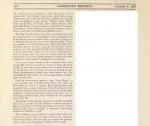 (p 164)
(p 164)
the insertions were unecessary. And the proof of it is right in the "Love Happy" press-book, which discloses that tieups were made with the following products even through non are plugged in the picture: Optimo cigars, Hunt's Foods, Guild Wine, RC Cola, Silent Night perfume, Sealright milk bottle caps and containers, Chromcraft furniture, New Haven clocks, Mosanto chemical products, Jergens Lotion, and Jewel, Columbia and MGM records.
The fact that Mr. Cowan was able to arrange tieups with the manufacturers of these products without plugging them in his picture is proof positive that no producer need resort to advertising in pictures to receive reciprocal plugs. Today, any number of national advertisers will gladly back up a particular picture in their magazine ads, posters, counter displays and ither promotional helps if permitted to feature in their advertising a photo of one or more of the picture's stars. In many cases, the stars are compensated for their testimonials. Yet none of these advertisers require that their products or trade marks be plugged in the picture.
One cannot help coming to the conlusion that, even though Mr. Cowan received no money for these ads, as he claims, he must have been influenced to a great extent by the production costs he could save through having the different manufacturers furnish him with certain sets. The furnishing of these sets is, of course, equivalent to a compensation for the ads.
From an entertainment point of view, "Love Happy" is a fair comedy and it should satisfy those who enjoy the Marx Brothers' brand of comedy. Many picture-goers will, no doubt, feel resentment because of the advertisements that will be thrust upon them, but such resentment will probably be held to a minimum because of the fairly clever way in which gag situation have been worked into the presentation of the ads.
The danger in this picture, however, lies in the possibility that, if it is accepted by the exhibitors without protest, it may very well prove to be the forerunner of a flood of other pictures with either concealed or sponsored advertising, perhaps not handled as well.
The exhibitors cannot afford to remain silent about advertising in pictures that are sold to them as pure entertainments; their silence will serve only to condone the practise, and in such a case the industry will be in for trouble.
les insertions étaient inutiles. Et la preuve en est dans le dossier de presse de "Love Happy", qui révèle que des rapprochements ont été faits avec les produits suivants même s'ils ne sont pas montrés dans le film: les cigares Optimo, la nourriture de Hunt's, le vin Guild, RC Cola, le parfum Silent Night, les bouchons et contenants de bouteilles de lait Sealright, les meubles Chromcraft, les horloges New Haven, les produits chimiques Mosanto, la lotion Jergens et les bijoux, la Columbia et les enregistrements de la MGM.
Le fait que M. Cowan ait pu conclure des accords avec les fabricants de ces produits sans les distribuer à travers son film est la preuve irréfutable qu'aucun producteur n'a besoin de recourir à la publicité dans des films pour recevoir des accords réciproques. Aujourd'hui, un certain nombre d'annonceurs nationaux se feront un plaisir de sauvegarder un film particulier à travers leurs annonces dans les magazines, affiches, présentoirs de comptoir et autres aides promotionnelles s'ils sont autorisés à présenter dans leur publicité une photo d'une ou plusieurs des vedettes du film. Dans de nombreux cas, les stars sont rémunérées pour ces citations. Pourtant, aucun de ces annonceurs n'exige que leurs produits ou leurs marques de commerce soient affichés dans un film.
On ne peut s'empêcher de conclure que, même si M. Cowan n'a pas reçu d'argent pour ces publicités, comme il le prétend, il a dû être influencé dans une large mesure par les coûts de production qu'il pourrait économiser en se faisant fournir par les différents fabricants certains ensembles. La fourniture de ces éléments de décors équivaut bien entendu à une compensation pour les publicités.
Du point de vue du divertissement, "Love Happy" est une comédie juste et devrait satisfaire ceux qui aiment la marque de comédie des Marx Brothers. De nombreux spectateurs ressentiront sans aucun doute du ressentiment à cause des publicités qui leur seront imposées, mais un tel ressentiment sera probablement réduit au minimum en raison de la manière assez intelligente dont la situation de bâillon a été intégrée à la présentation des publicités.
Le danger de ce film, cependant, réside dans la possibilité que, si il est accepté par les exposants sans protestation, il peut très bien s'avérer être le précurseur d'un flot d'autres films avec de la publicité cachée ou sponsorisée, peut-être pas traitée comme tel.
Les exposants ne peuvent pas se permettre de passer sous silence la publicité dans les films qui leur sont vendus comme de purs divertissements ; leur silence ne servira qu'à cautionner la pratique et, dans un tel cas, l'industrie aura des ennuis.
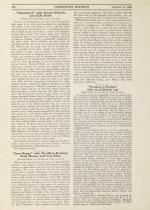 "Love Happy" with the Marx Brothers,
"Love Happy" with the Marx Brothers,
Ilona Massey and Vera-Ellen
(United Artists, no rel. date set; time 84 min.)
Although it is not as funny as the previous Marx Brothers comedies, "Love Happy" is filled with enough entertaining nonsense to please those who enjoy the mad antics of these comedians. The story, which has the trio becoming involved with a seductive adventures who heads an international gang of diamond smugglers, is extermely thin, but it serves well enough as a framework for the Marx hijinks, most of which are amusing. A chase amoong the roof-top advertising signs of Broadway provides many laughs, but ot was obviously designed for the purpose of inserting advertisements for Baby Ruth candy, General Electric lamps, Fisk Tires, Bulova watches, Kool cigarettes, Wheathies, Mobilgas and Mobiloil. Details of the extent of this advertising appear on the editorial pages of this issue. Worked into the proceedings are several song and dance numbers featuring Vera-Ellen and Marion Hutton, as well as a harp solo by Harpo Marx, and a piano solo by Chico Marx.
A "Sadie Thompson" dance number executed by Vera-Ellen is daringly suggestive. This dance, coupled with the fact that some of the dialogue and situations, too, are suggestive, makes the picture unsuitable for youngsters.
What there is in the way of a story opens with Groucho Marx, as a private detective, recounting his experiences in a diamond smuggling case. In flashback, it is shown that Harpo, a mute little clown, spent his time stealing food from the rich in order to feed a poverty-stricken theatrical troupe, headed by Paul Valentine, which was in rehearsal for a new musical show but lacked a wealthy backer. During one of his raids, Harpo pockets a can of sardines that had been used by Ilona Massey, sultry leader of the smuggling gang, to smuggle a priceless diamond necklace into the States. Ilona and her henchmen trace the sardine can to the theatre where the troupe was rehearsing and, in the hope of retrieving the can, she arranges to finance the show. On opening night, Harpo and Chico, a member of the troupe, learn what Ilona was after when they find the diamonds in the sardine can. The gang, learning of their find, attempt to recover the diamonds. This gives rise to a wild chase among the electric signs on Broadway. Groucho, on the trail of the gems, joins the chase and, after many mad antics, it ends with Harpo waltzing off with the diamonds, and with Groucho walking off in the loving embrace of Ilona.
It was produced by Lester Cowan and directed by David Miller from a screenplay by Frank Tashlin and Mac Benoff, based on a story by Harpo Marx. The cast includes Raymond Burr, Melville Cooper, Leon Belasco, Eric Blore and others. Adult fare.
"Love Happy" avec les Marx Brothers,
Ilona Massey et Vera-Ellen
(United Artists, pas de date fixée; durée 84 min.)
Bien qu'il ne soit pas aussi drôle que les précédentes comédies des Marx Brothers, "Love Happy" est rempli d'assez d'absurdités divertissantes pour plaire à ceux qui aiment les bouffonneries folles de ces comédiens. L'histoire, qui engage le trio dans une aventure séduisante à la tête d'un gang international de contrebandiers de diamants, est extrêmement mince, mais elle sert assez bien de cadre aux blagues des Marx, dont la plupart sont amusantes. Une course-poursuite parmi les panneaux publicitaires sur les toits de Broadway fait beaucoup rire, mais elle a évidemment été conçue dans le but d'insérer des publicités pour les bonbons Baby Ruth, les lampes General Electric, les pneus Fisk, les montres Bulova, les cigarettes Kool, les Wheathies, Mobilgas et Mobiloil. Les détails de l'étendue de cette publicité apparaissent dans les pages éditoriales de ce numéro. Plusieurs numéros de chansons et de danses mettant en vedette Vera-Ellen et Marion Hutton, ainsi qu'un solo de harpe de Harpo Marx et un solo de piano de Chico Marx qui ont été intégrés.
Un numéro de danse "Sadie Thompson" exécuté par Vera-Ellen est audacieusement suggestif. Cette danse, associée au fait que certains dialogues et situations sont également suggestifs, rend le film inadapté pour les plus jeunes.
Ce qu'il y a en guise d'histoire s'ouvre avec Groucho Marx, en tant que détective privé, racontant ses expériences dans une affaire de contrebande de diamants. En flash-back, on y voit Harpo, en petit clown muet, passant son temps à voler de la nourriture aux riches afin de nourrir une troupe de théâtre misérable, dirigée par Paul Valentine, qui était en répétition pour un nouveau spectacle musical mais manquait de riche bailleur de fonds. Au cours d'un de ses raids, Harpo empoche une boîte de sardines qui avait été utilisée par Ilona Massey, chef sensuelle du gang de contrebande, pour faire passer en contrebande un collier de diamants inestimable aux États-Unis. Ilona et ses hommes de main retracent la boîte de sardines jusqu'au théâtre où la troupe répétait et, dans l'espoir de récupérer la boîte, elle s'arrange pour financer le spectacle. Lors de la soirée d'ouverture, Harpo et Chico, un membre de la troupe, apprennent ce qu'Ilona cherchait lorsqu'ils trouvent les diamants dans la boîte de sardine. Le gang, apprenant leur découverte, tente de récupérer les diamants. Cela donne lieu à une course-poursuite sauvage parmi les enseignes électriques de Broadway. Groucho, sur la piste des pierres précieuses, se joint à la chasse et, après de nombreuses ébats fous, cela se termine avec Harpo valsant avec les diamants, et avec Groucho marchant dans l'étreinte amoureuse d'Ilona.
Produit par Lester Cowan et réalisé par David Miller à partir d'un scénario de Frank Tashlin et Mac Benoff, basé sur une histoire de Harpo Marx. Le casting comprend Raymond Burr, Melville Cooper, Leon Belasco, Eric Blore et d'autres. Tarif adulte.
The Joplin Globe - October, 22, 1949
(USA)
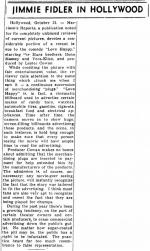 JIMMIE FIDLER IN HOLLYWOOD
JIMMIE FIDLER IN HOLLYWOOD
Hollywood, October 21. - Harrison's Reports, a publication noted for its completely unbiased reviews of current pictures, devotes a considerable portion of a recent issue to the comedy "Love Happy", starring the Marx Brothers, Ilona Massey and Vera-Ellen, and produced by Lester Cowan.
While crediting the picture with fair entertainement value, the reviewer calls attention to the same thing which struck me when I saw it - a continuous succession of merchandising "plugs". "Love Happy" is, in fact, a cinematic billboard used to advertise certain makes of candy bars, watches, automobile tires, gasoline, cigarets, breakfast food and electrical appliances. Time after time, the camera moves in to show huge screen-filling billboards advertising those products, and the scene, in each instance, is held long enough to make sure that every person seeing the movie will have ample time to read the advertising.
Producer Cowan makes no bones about admitting that the merchandising plugs are inserted in payment for help extended him by the manufacturers of the products. The admission is, of course, unecessary; any movie-goer seeing the picture will instantly recognize the fact that the story was tailored to fit the advertising. I think most fans are also very apt to recognize and resent the fact that they are being played fur chumps.
During the past year there's been a growing tendency, on the part of certain theatre owners and certain producers to cram commercial advertising down the public's gullet. No matter how sugar-coated the pill may be the public has a right to be infuriated. The practice bears far too much ressemblance to false representation.
JIMMIE FIDLER À HOLLYWOOD
Hollywood, le 21 octobre. - Harrison's Reports, une publication réputée pour ses critiques totalement impartiales de films actuels, consacre une partie considérable d'un numéro récent à la comédie "Love Happy", mettant en vedette les Marx Brothers, Ilona Massey et Vera-Ellen, et réalisé par Lester Cowan.
Tout en attribuant au film une valeur de divertissement équitable, le critique attire l'attention sur la même chose qui m'a frappé quand je l'ai vu - une succession continue de "prises" de marchandisage. "Love Happy" est, en fait, un panneau d'affichage cinématographique utilisé pour annoncer certaines marques de friandises, de montres, de pneus d'automobile, d'essence, de cigarettes, de nourriture pour le petit-déjeuner et d'appareils électriques. À chaque fois, la caméra se déplace pour montrer d'énormes panneaux d'affichage remplissant l'écran annonçant ces produits, et la scène, dans chaque cas, se déroule suffisamment longtemps pour s'assurer que chaque personne qui voit le film aura suffisamment de temps pour lire la publicité.
Le producteur Cowan n'hésite pas à admettre que les fiches de marchandisage sont insérées en paiement de l'aide que lui ont accordée les fabricants des produits. L'admission est, bien sûr, inutile; tout cinéphile voyant l'image reconnaîtra instantanément le fait que l'histoire a été adaptée à la publicité. Je pense que la plupart des fans sont également très enclins à reconnaître et à ressentir le fait qu'on les prend pour des idiots.
Au cours de la dernière année, il y a eu une tendance croissante, de la part de certains propriétaires de salles de cinéma et de certains producteurs, à fourrer de la publicité commerciale dans le gosier du public. Peu importe à quel point la pilule est enrobée de sucre, le public a le droit d'être furieux. La pratique ressemble beaucoup trop à une fausse représentation.
Photoplay - October 1949
(USA) scan magazine sur
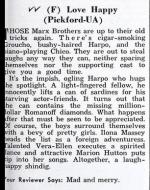 VV (F) Love Happy
VV (F) Love Happy
(Pickford-UA)
THOSE Marx Brothers are up to their old tricks again. There's cigar-smoking Groucho, bushy-haired Harpo, and the piano-playing Chico. They are out to steal laughs any way they can, neither sparing themselves nor the supporting cast to give you a good time.
It's the impish, ogling Harpo who hugs the spotlight. A light-fingered fellow, he innocently lifts a can of sardines for his starving actor-friends. It turns out that the can contains the missing million-dollar Romanoff diamonds. What happens after that must be seen to be appreciated. Of course, the boys surround themselves with a bevy of pretty girls. Ilona Massey heads the list as a foreign adventuress. Talented Vera-Ellen executes a spirited dance and attractive Marion Hutton puts zip into her songs. Altogether, a laugh-happy shindig.
Your reviewer says: Mad and merry.
VV (F) Love Happy
(Pickford-UA)
CES Marx Brothers sont à nouveau à la hauteur de leurs vieux trucs. Il y a Groucho qui fume des cigares, Harpo aux cheveux touffus et Chico qui joue du piano. Ils sont là pour voler des rires de toutes les manières possibles, sans s'épargner ni des acteurs de soutien pour vous faire passer un bon moment.
C'est l'espiègle et reluquant Harpo qui embrasse les projecteurs. Homme aux doigts légers, il soulève innocemment une boîte de sardines pour ses amis acteurs affamés. Il s'avère que la boîte contient les diamants Romanoff d'un million de dollars manquants. Ce qui se passe après cela doit être vu pour être apprécié. Bien sûr, les garçons s'entourent d'une ribambelle de jolies filles. Ilona Massey est en tête de liste en tant qu'aventurière étrangère. La talentueuse Vera-Ellen exécute une danse fougueuse et la séduisante Marion Hutton met du piquant dans ses chansons. Au total, une fiesta de rire-heureux.
Votre critique dit : Fou et joyeux.
New York Times - April, 08, 1950
(USA) par Bosley Crowther - sur
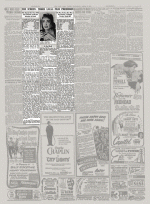 The Marx Brothers are loose again and have turned the Criterion's screen into a comic shambles. "Love Happy" is helter-skelter entertainment and one's estimation of the picture no doubt will be prejudiced according to one's fondness for the Marxes. Under the circumstances it is practically impossible to render an impartial verdict, or a satisfying one at that. But near as this spectator can balance the scales of judgment, "Love Happy" is a see-saw affair; sometimes the antics are incredibly funny, and—pianissimo, please—sometimes the gags fall with a flat thud. Groucho and his mustached leer are, like the scenery, mostly in the background. As the fabulous nearsighted "private eye," Sam Grunion, Groucho provides the story by recounting some of his greatest cases and, quite naturally, he isn't seen too often, since he always manages to get somebody else to do all the work. But Harpo and Chico are very much in evidence in this pot-pourri of mirth and songs involving a stolen diamond necklace and a troupe of penniless thespians struggling against creditors to set Broadway ablaze. Harpo's brilliant gift for pantomime gets free play as Chico reads his mind and the musical accomplishments of Harpo, at the harp, natch, and Chico at the piano provide a pleasant contrast to their energetic clowning. Harpo plays a sort of Robin Hood who lifts food from the tables of the rich to feed his less fortunate friends, and his great coat is really loaded this time. We like to recall the scene where he dips into the plentiful garment and, presto, produces a complete meal, tablecloth and silver, too, with a single munificent gesture. Sheer magic, and don't let anyone go trying to spoil our illusion. Because of its theatrical background "Love Happy" is likely to start one thinking about "A Night at the Opera." There is no more similarity between those two pictures than there may be between any other two Marx Brothers escapades. But "Love Happy" has its chase, too, and a wildly amusing one over the rooftops of Times Square, or a reasonable facsimile, as Mme. Egilichi's henchmen get on the track of Harpo and the missing Romanoff diamonds. The Marx Brothers are in fine fettle and, as seems to be the case in recent years, they appear to be much better than their material. Straight roles are nicely handled by Vera-Ellen, who dances gaily; Marion Hutton, who sings a couple of songs we can't seem to remember, and Ilona Massey as the grand dame who hypnotizes Harpo with her magnetism and winds up as Groucho's wife. "Love Happy," indeed.
The Marx Brothers are loose again and have turned the Criterion's screen into a comic shambles. "Love Happy" is helter-skelter entertainment and one's estimation of the picture no doubt will be prejudiced according to one's fondness for the Marxes. Under the circumstances it is practically impossible to render an impartial verdict, or a satisfying one at that. But near as this spectator can balance the scales of judgment, "Love Happy" is a see-saw affair; sometimes the antics are incredibly funny, and—pianissimo, please—sometimes the gags fall with a flat thud. Groucho and his mustached leer are, like the scenery, mostly in the background. As the fabulous nearsighted "private eye," Sam Grunion, Groucho provides the story by recounting some of his greatest cases and, quite naturally, he isn't seen too often, since he always manages to get somebody else to do all the work. But Harpo and Chico are very much in evidence in this pot-pourri of mirth and songs involving a stolen diamond necklace and a troupe of penniless thespians struggling against creditors to set Broadway ablaze. Harpo's brilliant gift for pantomime gets free play as Chico reads his mind and the musical accomplishments of Harpo, at the harp, natch, and Chico at the piano provide a pleasant contrast to their energetic clowning. Harpo plays a sort of Robin Hood who lifts food from the tables of the rich to feed his less fortunate friends, and his great coat is really loaded this time. We like to recall the scene where he dips into the plentiful garment and, presto, produces a complete meal, tablecloth and silver, too, with a single munificent gesture. Sheer magic, and don't let anyone go trying to spoil our illusion. Because of its theatrical background "Love Happy" is likely to start one thinking about "A Night at the Opera." There is no more similarity between those two pictures than there may be between any other two Marx Brothers escapades. But "Love Happy" has its chase, too, and a wildly amusing one over the rooftops of Times Square, or a reasonable facsimile, as Mme. Egilichi's henchmen get on the track of Harpo and the missing Romanoff diamonds. The Marx Brothers are in fine fettle and, as seems to be the case in recent years, they appear to be much better than their material. Straight roles are nicely handled by Vera-Ellen, who dances gaily; Marion Hutton, who sings a couple of songs we can't seem to remember, and Ilona Massey as the grand dame who hypnotizes Harpo with her magnetism and winds up as Groucho's wife. "Love Happy," indeed.
LOVE HAPPY, screen play by Frank Tashlin and Mac Benoff based on a story by Harpo Marx, directed by David Miller, produced by Lester Cowan, presented by Mary Pickford and released through United Artists.
Detective Sam Grunion... Groucho Marx
Harpo... Harpo Marx
Faustino the Great ... Chico Marx
Madame Egilichi... Ilona Massey
Maggie Phillips... Vera-Ellen
Bunny Dolan... Marion Hutton
Alpnonse Zoto... Raymond Burr
Hannibal Zoto... Bruce Gordon
Throckmorton... Melville Cooper
Mr. Lyons... Leon Belasco
Mike Johnson... Paul Valentine
Grunion's Asst.... Eric Blore
Grunion's Client... Marilyn Monroe
Les Marx Brothers sont déchaînés et ont transformé la salle du Criterion en une pagaille comique. "Love Happy" est un divertissement pêle-mêle qui n'a ni queue ni tête et l'appréciation du film sera sans aucun doute liée au fait que l'on apprécie ou non les Marx. Dans ces circonstances, il est pratiquement impossible de rendre un verdict impartial ou satisfaisant. Mais aussi proche que ce spectateur puisse équilibrer la balance du jugement, "Love Happy" est une affaire de bascule; parfois les bouffonneries sont incroyablement drôles, et - pianissimo, s'il vous plaît - parfois les gags tombent à plat. En tant que fabuleux "détective privé" myope, Sam Grunion, Groucho tient l'histoire en racontant certains de ses plus grands cas et, tout naturellement, on ne le voit pas trop souvent, car il parvient toujours à faire faire tout le travail à quelqu'un d'autre. Mais Harpo et Chico sont très présents dans ce pot-pourri de joie et de chansons impliquant un collier de diamants volé et une troupe de comédiens sans le sou luttant contre les créanciers pour incendier Broadway. Le brillant don de Harpo pour la pantomime est joué gratuitement alors que Chico lit dans ses pensées et les réalisations musicales de Harpo, à la harpe, bien sûr, et de Chico au piano offrent un contraste agréable avec leur clown énergique. Harpo joue une sorte de Robin des bois qui soulève de la nourriture sur les tables des riches pour nourrir ses amis moins fortunés, et son grand manteau est vraiment chargé cette fois. On se plaît à évoquer la scène où il plonge dans le vêtement abondant et, hop, produit un repas complet, nappe et argenterie compris, d'un seul geste de munificence. Pure magie, et ne laissez personne essayer de gâcher notre illusion. En raison de son arrière-plan théâtral, "Love Happy" est susceptible de faire penser à "Une nuit à l'opéra". Il n'y a pas plus de similarité entre ces deux films qu'il n'y en a entre deux autres escapades des Marx Brothers. Mais "Love Happy" a aussi sa poursuite, et une follement amusante sur les toits de Times Square, ou un fac-similé raisonnable, comme les hommes de main de Mme Egilichi se mettent sur la piste de Harpo et des diamants Romanoff manquants. Les Marx Brothers vont bien et, comme cela semble être le cas ces dernières années, ils semblent être bien meilleurs que leur matériel. Les rôles féminins sont bien tenus par Vera-Ellen, qui danse gaiement ; Marion Hutton, qui chante quelques chansons dont nous ne semblons pas nous souvenir, et Ilona Massey en tant que grande dame qui hypnotise Harpo avec son magnétisme et finit par devenir la femme de Groucho. "Amour heureux", en effet.
DVD Classik - 23 mai 2008
(USA) par Antoine Royer - sur
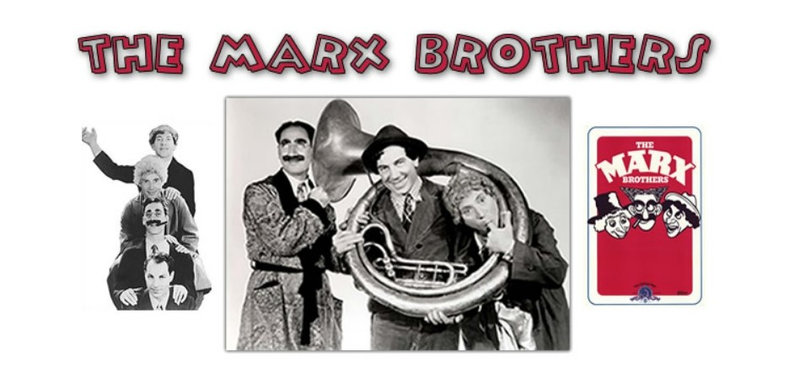 Dans ses Mémoires Capitales, Groucho décrit Une nuit à Casablanca comme son « chant du cygne », durant lequel « les dialogues étaient couverts par le bruit de mes articulations. » Une fois la cascade finale, sur les ailes d’un avion, mise en boîte, Groucho, conscient de ses limites physiques, décide de mettre un terme à l’aventure Marx Brothers, se contentant dès lors d’apparitions en solo dans les films des autres. Il est dès lors très difficile à convaincre quand, trois ans après Une nuit à Casablanca, Harpo vient le chercher pour convaincre les distributeurs de lancer la production d’un film lui tenant à cœur, Love Happy, dans lequel le harpiste muet compte mettre en valeur sa fibre poétique. Chico - une nouvelle fois endetté - convaincu, Groucho accepte une pige de dix jours de tournage, le temps de batifoler avec une débutante du nom de Marilyn Monroe pour un rôle de détective dont il n’a manifestement pas grand chose à faire. Et si Billy Wilder, dans les années cinquante, eut un temps le désir de réunir les Marx à nouveau (pour « une satire de la détérioration des comportements politiques, sur la stratégie suicidaire des grands de ce monde, avec des plaisanteries sauvages sur la bombe H, etc… »), Love Happy demeure leur ultime collaboration, film bancal entièrement à la gloire de Harpo que l’on a bien du mal à considérer comme une de leurs œuvres à part entière.
Dans ses Mémoires Capitales, Groucho décrit Une nuit à Casablanca comme son « chant du cygne », durant lequel « les dialogues étaient couverts par le bruit de mes articulations. » Une fois la cascade finale, sur les ailes d’un avion, mise en boîte, Groucho, conscient de ses limites physiques, décide de mettre un terme à l’aventure Marx Brothers, se contentant dès lors d’apparitions en solo dans les films des autres. Il est dès lors très difficile à convaincre quand, trois ans après Une nuit à Casablanca, Harpo vient le chercher pour convaincre les distributeurs de lancer la production d’un film lui tenant à cœur, Love Happy, dans lequel le harpiste muet compte mettre en valeur sa fibre poétique. Chico - une nouvelle fois endetté - convaincu, Groucho accepte une pige de dix jours de tournage, le temps de batifoler avec une débutante du nom de Marilyn Monroe pour un rôle de détective dont il n’a manifestement pas grand chose à faire. Et si Billy Wilder, dans les années cinquante, eut un temps le désir de réunir les Marx à nouveau (pour « une satire de la détérioration des comportements politiques, sur la stratégie suicidaire des grands de ce monde, avec des plaisanteries sauvages sur la bombe H, etc… »), Love Happy demeure leur ultime collaboration, film bancal entièrement à la gloire de Harpo que l’on a bien du mal à considérer comme une de leurs œuvres à part entière.
In his Memoirs, Groucho describes A Night in Casablanca as his “swan song”, during which “the dialogues were drowned out by the sound of my joints." Once the final stunt, on the wings of an airplane, canned, Groucho, aware of his physical limits, decides to put an end to the Marx Brothers adventure, contenting himself from then on with solo appearances in the films of others. It is therefore very difficult to convince when, three years after A Night in Casablanca, Harpo comes to get him to convince the distributors to launch the production of a film close to his heart, Love Happy, in which the silent harpist intends to value its poetic fiber. Chico - once again in debt - convinced, Groucho accepts a ten-day freelance shoot, the time to frolic with a debutante named Marilyn Monroe for a role of detective which he obviously does not have much to do. And if Billy Wilder, in the fifties, had a time of desire to bring the Marxs together again (for “a satire on the deterioration of political behavior, on the suicidal strategy of the greats of this world, with wild jokes on the bomb H, etc…”), Love Happy remains their ultimate collaboration, a flawed film entirely glorifying Harpo, which is hard to consider as one of their works in their own right.
Les Inrocks, Hors Série "Marilyn au-delà de l'icône" - 2012
(FRANCE) - par Jean-Baptiste Morain
 De ce film tardif des trois principaux frères Marx (Groucho, Chico et Harpo connurent leur heure de gloire dans les années 30), Groucho disait lui-même dans une interview télévisée datant de 1963 qu'il s'agissait d'un film "horrible" ("terrible" en américain). Il se souvenait en revanche très bien du casting de la jeune actrice qui devait lui donner la réplique dans une scène qui dure à tout casser 45 secondes. "On me présenta les trois filles qui avaient été choisies. On demanda ensuite à la première de marcher, c'était joli. Puis la seconde fit de même: charmante. Puis, la troisième. Le producteur me demanda laquelle je préférais, et je le lui répondis: 'Vous plaisantezv?! Evidemment, la troisième ! Quand elle marche, tout le monde la suit des yeux !' C'était Marilyn Monroe. Elle toucha 100 dollars pour le rôle. C'était une chic fille."
De ce film tardif des trois principaux frères Marx (Groucho, Chico et Harpo connurent leur heure de gloire dans les années 30), Groucho disait lui-même dans une interview télévisée datant de 1963 qu'il s'agissait d'un film "horrible" ("terrible" en américain). Il se souvenait en revanche très bien du casting de la jeune actrice qui devait lui donner la réplique dans une scène qui dure à tout casser 45 secondes. "On me présenta les trois filles qui avaient été choisies. On demanda ensuite à la première de marcher, c'était joli. Puis la seconde fit de même: charmante. Puis, la troisième. Le producteur me demanda laquelle je préférais, et je le lui répondis: 'Vous plaisantezv?! Evidemment, la troisième ! Quand elle marche, tout le monde la suit des yeux !' C'était Marilyn Monroe. Elle toucha 100 dollars pour le rôle. C'était une chic fille."
On frappe à la porte du cabinet de détective de Groucho (Grunion dans le film). Marilyn, en robe fourreau lamée, cheveux longs, pénètre dans le bureau en se déhanchant, très femme fatale. La pipe d'un personnage secondaire se met à siffler. En la voyant, Grunion sort de la pièce, ferme la porte derrière lui, puis l'a réouvre et revient dans la pièce. Il demande à la jeune femme pulpeuse: "Que puis-je pour vous ?", roule des yeux en regardant le spectateur et ajoute: "Question idiote." La beauté blonde se rapproche tendrement de lui et pose sa main sur son épaule: "Mr. Gunion, il faut m'aider." "Quel est votre problème ?" dit-il. "Des hommes me suivent." Grunion répond: "Vraiment ? Je ne vois pas pourquoi." Nouveau roulement des yeux. Elle sort de la pièce. Sa première apparition au cinéma vient de s'achever. Dès son premier film, Marilyn est un objet sexuel.
Of this late film by the three main Marx brothers (Groucho, Chico and Harpo had their heyday in the 1930s), Groucho himself said in a 1963 television interview that it was a "terrible film". On the other hand, he remembered very well the casting of the young actress who was to give him the reply in a scene which lasts at all costs 45 seconds. "I was introduced to the three girls who had been chosen. Then the first was asked to walk, it was pretty. Then the second did the same: charming. Then, the third. The producer asked me which one I preferred, and I I replied: 'Are you kidding?! Of course, the third one! When she walks, everyone follows her with their eyes!' It was Marilyn Monroe. She got $100 for the part. She was a nice girl."
There's a knock on the door of Groucho's (Grunion in the film) detective's office. Marilyn, in a lamé sheath dress, long hair, enters the office, swaying her hips, very femme fatale. The pipe of a secondary character begins to whistle. Seeing her, Grunion walks out of the room, closes the door behind him, then reopens it and walks back into the room. He asks the luscious young lady, "What can I do for you?", rolls his eyes at the viewer and adds, "Ridiculous statement." The blonde beauty tenderly approaches him and puts her hand on his shoulder: "Mr. Gunion, I want you to help me." "What is your problem ?" he said. "Men are following me." Grunion replies, "Really? I can't understand why." New eye roll. She leaves the room. Her first appearance in the cinema has just ended. From her first film, Marilyn is a sexual object.
New York Times - June, 12, 2014
(USA) par J. Hoberman - sur
The 1949 Marx Brothers vehicle “Love Happy” is a lesser example of the Frank Tashlin touch. Uncredited, the future director served as Harpo’s gag writer on “A Night in Casablanca” (1946) and subsequently worked on the script of a feature originally intended for Harpo alone. That was not to be. Chico was broke and the producers demanded Groucho, who agreed to be shoehorned into the movie as its intermittent narrator, a seldom-seen private eye.
Released by Olive Films on DVD and Blu-ray, “Love Happy” is generally despised by Marx Brothers aficionados. Yet sprigs of poetry sprout amid the wreckage, mostly involving Harpo, who appears here less as savage innocent than holy fool. The best scene is set in his secret Central Park shanty. “Jack Smith could have lived here,” the cultural theorist Wayne Koestenbaum wrote in his free-associative celebration, “The Anatomy of Harpo Marx,” cataloging the hideout’s variegated detritus, which includes stuffed animals, a chandelier, a police barricade and a homemade lagoon.
“Love Happy” was itself a jerry-built contraption. The producers ran out of money and consequently rented out the final reel. Chico is credited with brainstorming a Times Square chase sequence in which Harpo cavorts amid animated billboards for brand-name watches and candy bars, rides Mobil Oil’s Pegasus and mimics Kool’s trademark smoking penguin, but it seems like a forecast of Tashlin’s 1957 Madison Avenue sendup, “Will Success Spoil Rock Hunter?”
The greatest product placement appears midway through. Groucho’s most sustained scene has him briefly entertain a comely client, namely Marilyn Monroe (then between studios and working as a freelance starlet; after “Love Happy” she would pose nude for a calendar). Shoulders bare and backfield in motion, the 23-year-old actress sashays into Groucho’s office to request his help. Although she is present for less than a minute, her radiance incinerates both his leer and the tattered foolishness of the Marx Brothers’ unhappy swan song.
L'engin « Love Happy » des Marx Brothers de 1949 est un exemple moindre de la touche Frank Tashlin. Non crédité, le futur réalisateur a été le bâillon de Harpo sur "Une nuit à Casablanca" (1946) et a ensuite travaillé sur le scénario d'un long métrage initialement destiné à Harpo seul. Celà ne s'est pas fait. Chico était fauché et les producteurs ont exigé Groucho, qui a accepté d'être intégré au film en tant que narrateur intermittent, un détective privé que l'on voit rarement.
Sorti par Olive Films en DVD et Blu-ray, "Love Happy" est généralement méprisé par les aficionados des Marx Brothers. Pourtant, des brins de poésie poussent au milieu de l'épave, impliquant principalement Harpo, qui apparaît ici moins comme un sauvage innocent qu'un saint imbécile. La meilleure scène se passe dans sa baraque secrète de Central Park. "Jack Smith aurait pu vivre ici", a écrit le théoricien de la culture Wayne Koestenbaum dans sa célébration libre-associative, "L'anatomie de Harpo Marx", cataloguant les détritus variés de la cachette, qui comprend des animaux en peluche, un lustre, une barricade de police et une maison lagune.
"Love Happy" était lui-même un engin construit en Jerry [ndlr: Lewis]. Les producteurs ont manqué d'argent et ont donc loué la bobine finale. Chico est crédité d'avoir réfléchi à une séquence de poursuite sur Times Square dans laquelle Harpo gambade au milieu de panneaux d'affichage animés pour des montres de marque et des friandises, chevauche le Pegasus de Mobil Oil et imite le pingouin fumeur de marque de Kool, mais cela ressemble à une prévision de l'envoi de Tashlin en 1957 sur Madison Avenue, "La Blonde explosive".
Le plus grand placement de produit apparaît à mi-parcours. La scène la plus soutenue de Groucho l'a amené à divertir brièvement une cliente avenante, à savoir Marilyn Monroe (alors entre plusieurs studios et travaillant comme starlette indépendante; après "Love Happy", elle posera nue pour un calendrier). Épaules nues et champ arrière en mouvement, l'actrice de 23 ans se rend dans le bureau de Groucho pour demander son aide. Bien qu'elle soit présente moins d'une minute, son rayonnement incinère à la fois sa lueur et la folie en lambeaux du chant du cygne malheureux des Marx Brothers.
Rotten Tomatoes
(International) - en ligne sur

Liste critiques et articles parus dans la presse d'époque
List of reviews and articles published in the era press
source liste sur
Variety - 20 juillet 1949 (p.06)
Daily Variety - 21 septembre 1949 (p.03)
Motion Picture Herald Product Digest - 24 septembre 1949 (p. 28)
Box Office - 8 octobre 1949
Film Daily - 10 octobre 1949 (p.07)
The Exhibitor - 12 octobre 1949 (p.2725-2726)
Hollywood Reporter - dates:
16 juillet 1948 (p. 10)
23 juillet 1948 (p. 14)
30 juillet 1948 (p. 12)
24 août 1948 (p. 9)
10 septembre 1948 (p. 12)
26 octobre 1948 (p. 02)
20 janvier 1949 (p. 02)
10 octobre 1949 (p. 04)
18 octobre 1949 (p. 01)
9 mars 1950 (p. 02)
Los Angeles Times - 9 mars 1950
New York Times - 8 avril 1950 (p. 09)
- Dans la presse -
Cinémonde, 20/02/1949 - FRANCE
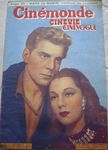
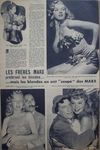
Movie Play, 07/1949 - USA
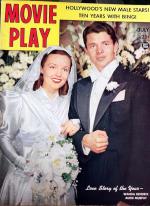
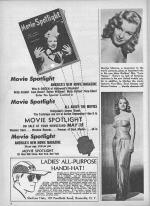
© All images are copyright and protected by their respective owners, assignees or others.

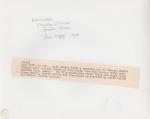

/image%2F1211268%2F20240504%2Fob_d6bf56_banner-mm-2024-05-spring-summer-1.jpg)
/image%2F1211268%2F20240410%2Fob_40c4f9_blog-gif-mm-niagara-1-3.gif)
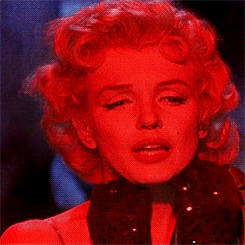
/image%2F1211268%2F20240417%2Fob_0b0d56_2024-03-lee-mexique.jpg)
/https%3A%2F%2Fstorage.canalblog.com%2F19%2F65%2F312561%2F91436129_o.jpg)
/https%3A%2F%2Fstorage.canalblog.com%2F57%2F63%2F312561%2F127743382_o.jpg)
/https%3A%2F%2Fstorage.canalblog.com%2F98%2F05%2F312561%2F84823731_o.jpg)
/https%3A%2F%2Fstorage.canalblog.com%2F01%2F63%2F312561%2F84814201_o.jpg)
/https%3A%2F%2Fstorage.canalblog.com%2F66%2F21%2F312561%2F82823948_o.jpg)
/https%3A%2F%2Fstorage.canalblog.com%2F32%2F31%2F312561%2F124125043_o.jpg)
/https%3A%2F%2Fstorage.canalblog.com%2F31%2F08%2F312561%2F71448014_o.jpg)
/https%3A%2F%2Fstorage.canalblog.com%2F34%2F90%2F312561%2F81829009_o.jpg)
/https%3A%2F%2Fstorage.canalblog.com%2F18%2F35%2F312561%2F61120383_o.jpg)
/image%2F1211268%2F20240410%2Fob_9f471d_blog-gif-mm-syi-1.gif)
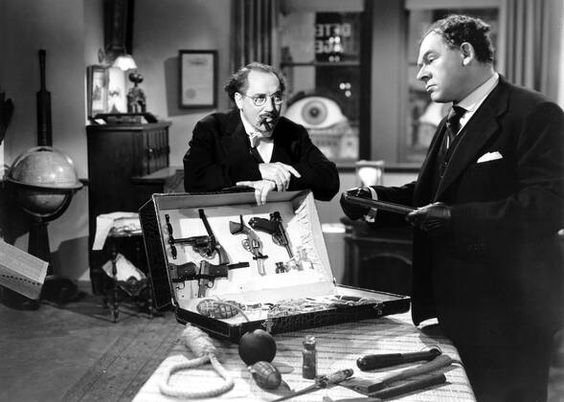

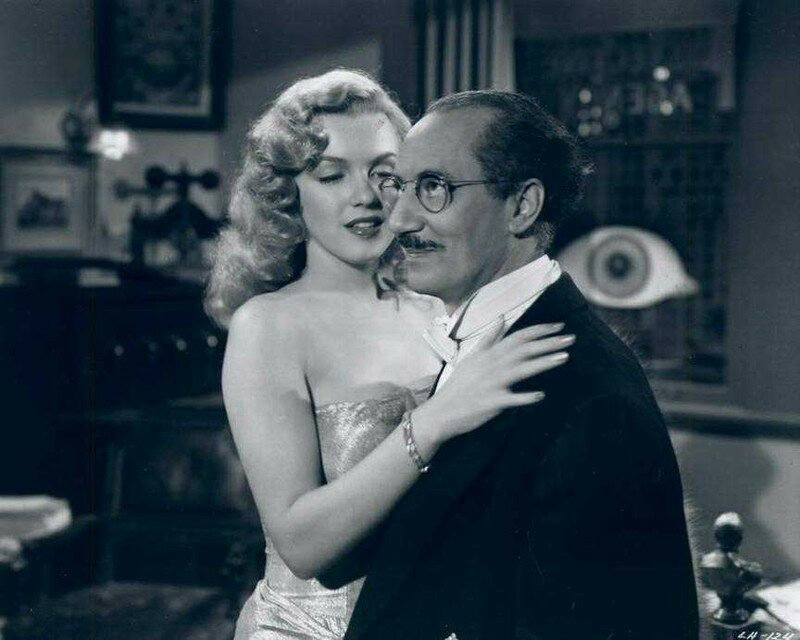
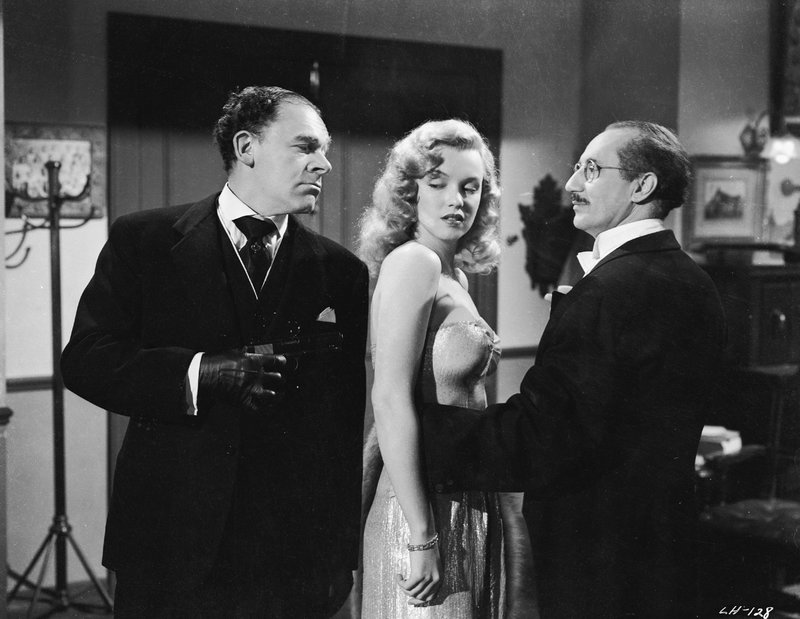
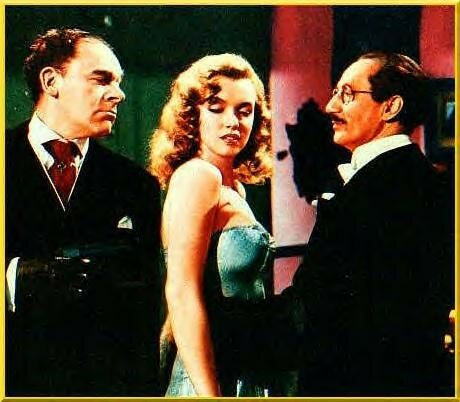









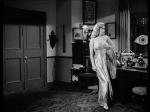

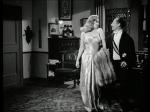
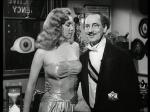


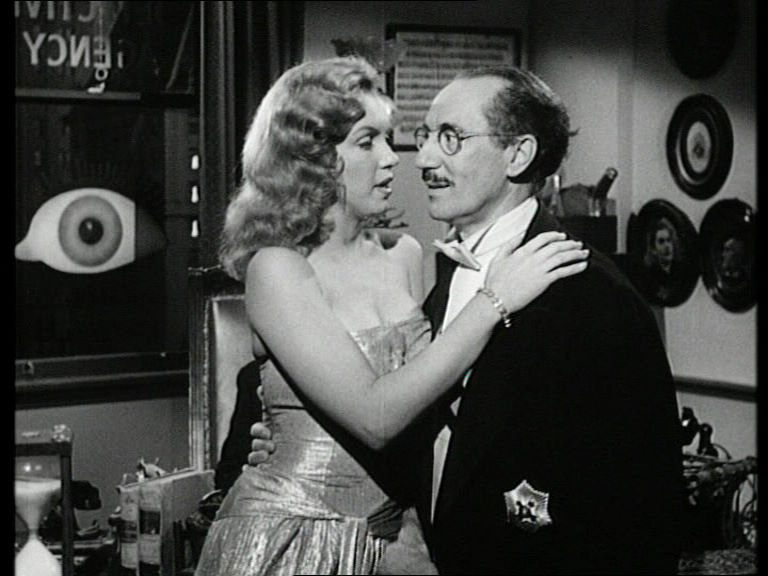

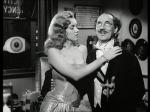
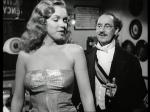

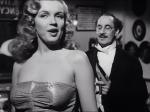

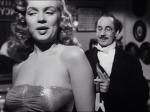
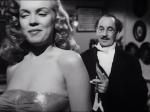



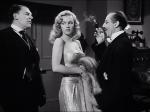


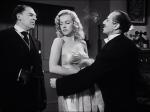

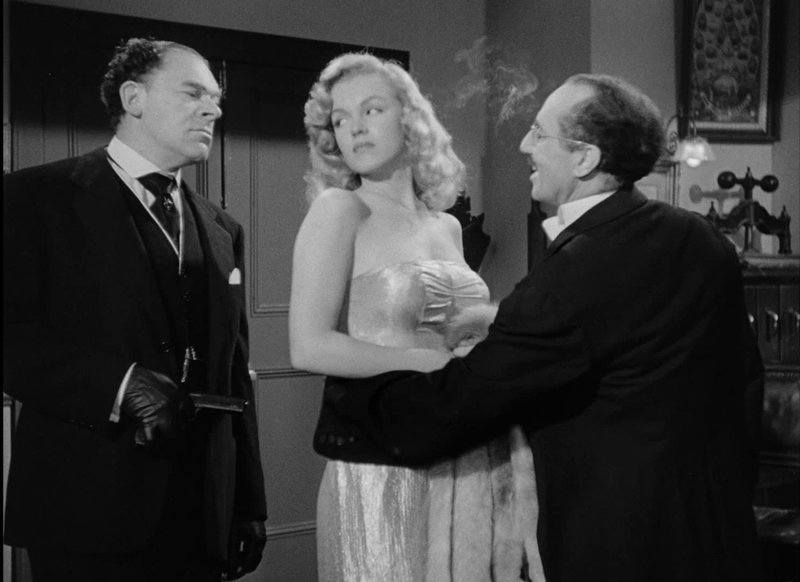




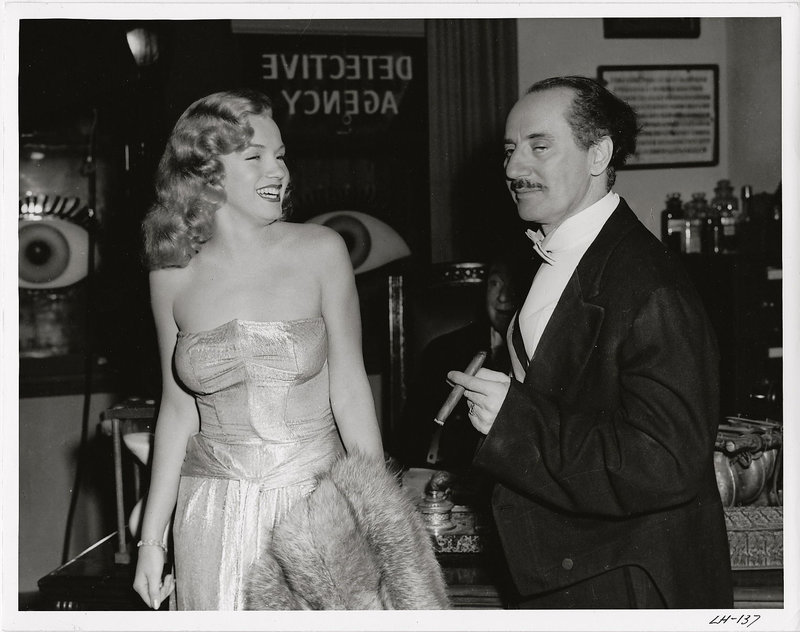
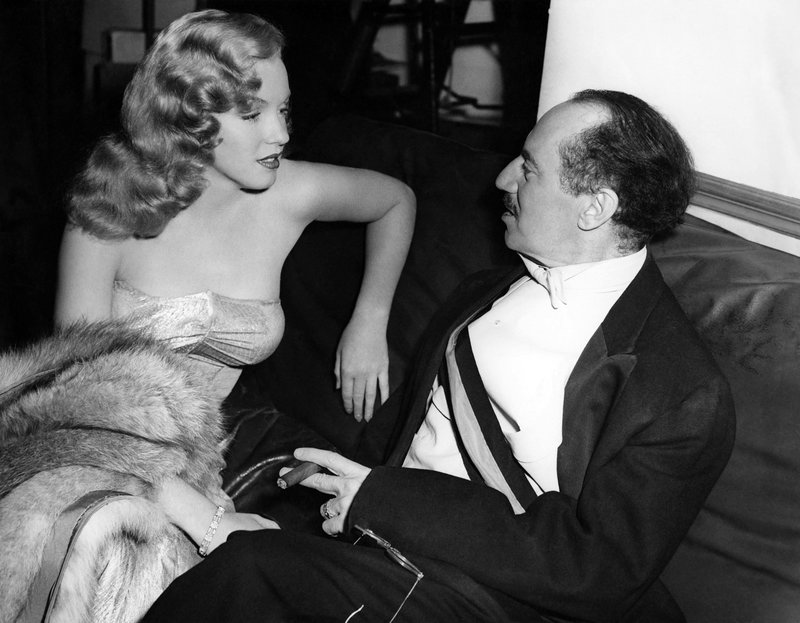

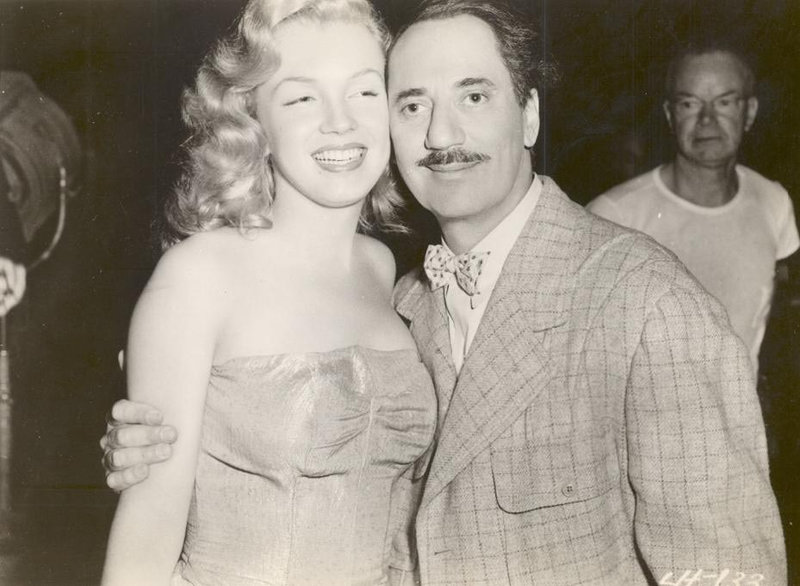
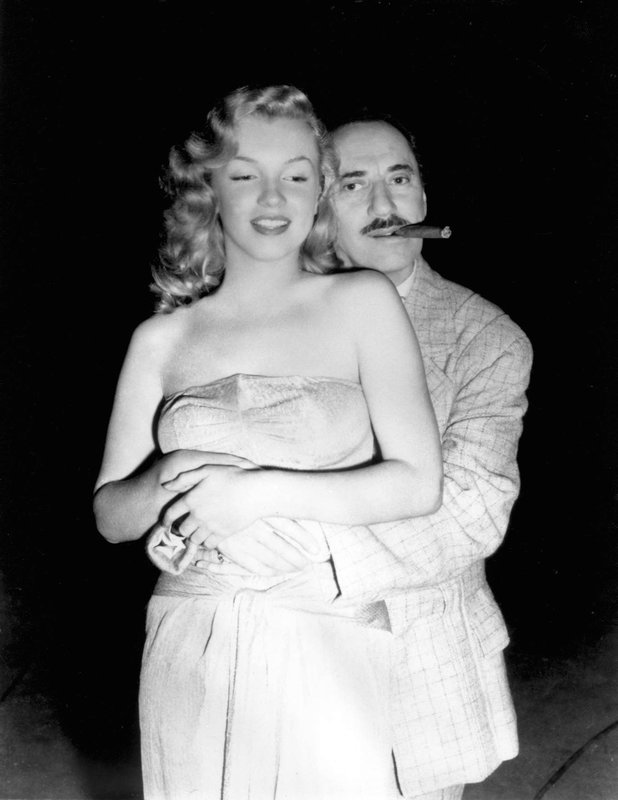
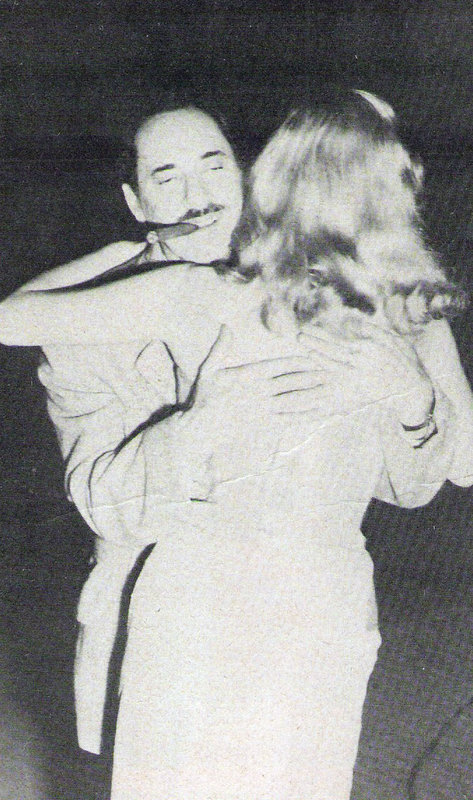
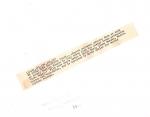
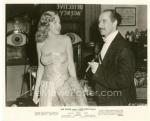

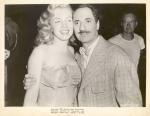







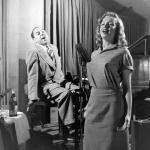
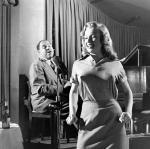




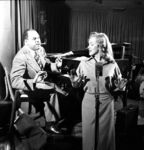



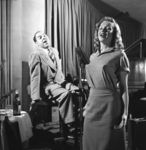





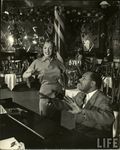
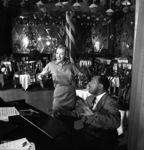
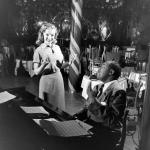
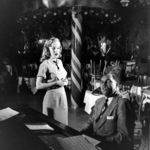




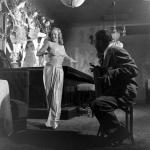


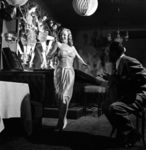
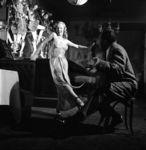

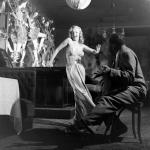
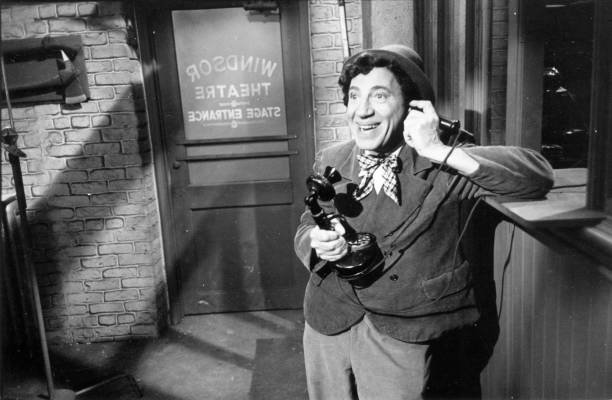

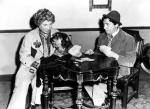

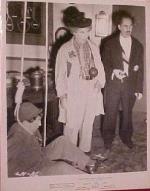
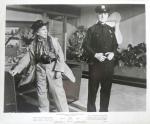

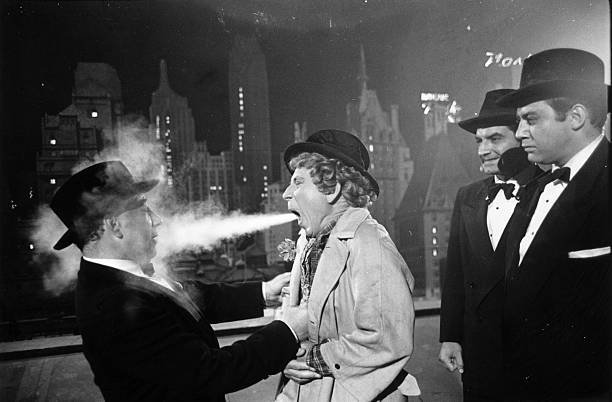
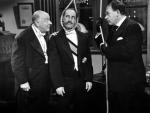
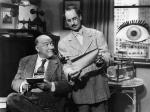
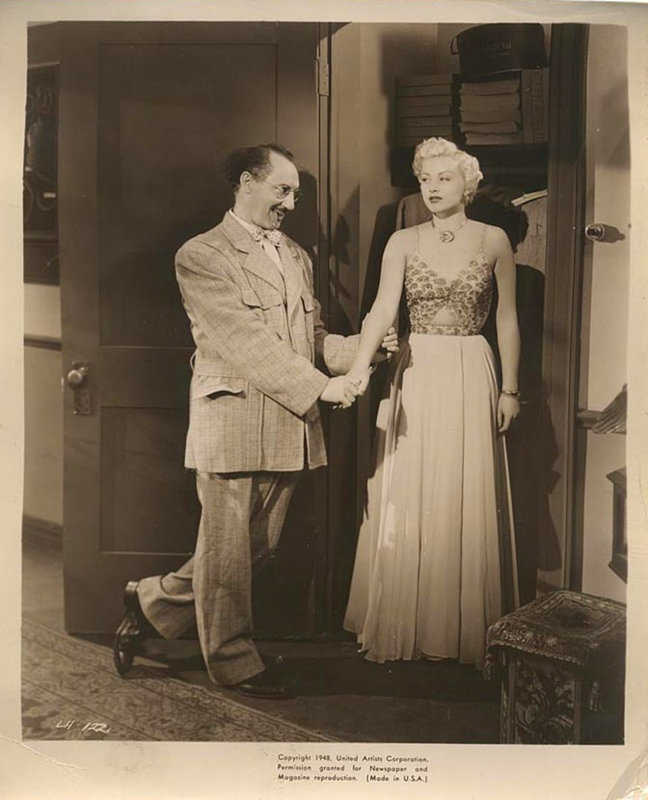
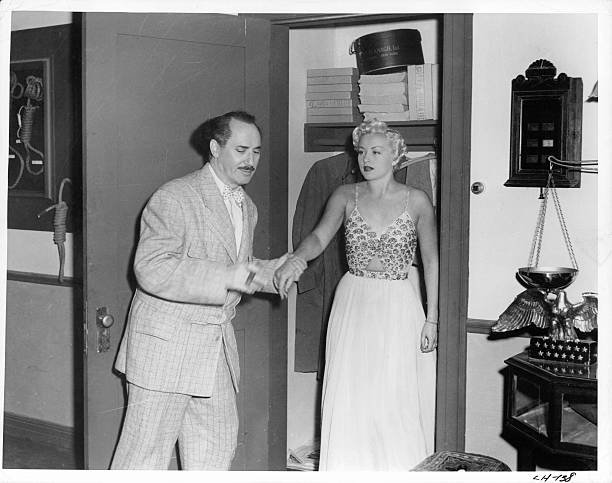
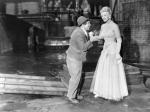

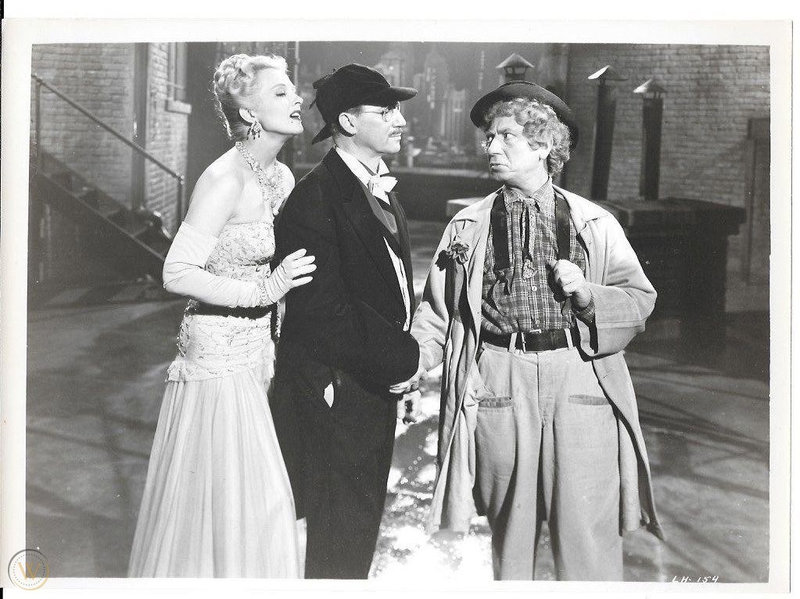
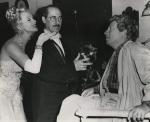
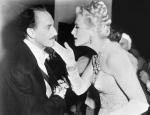
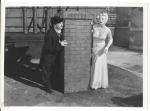


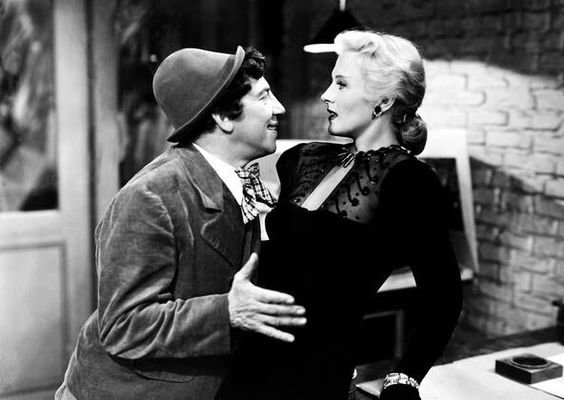
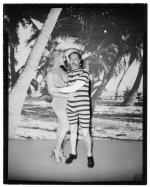
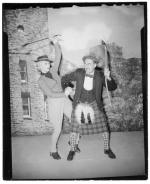


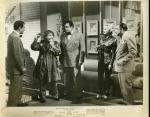
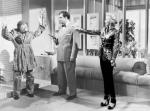



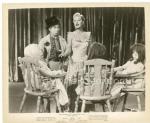
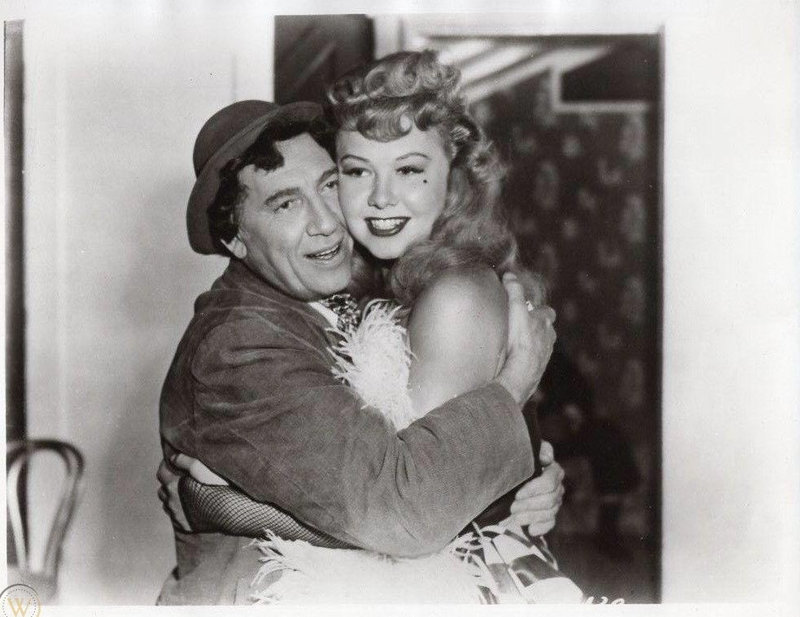
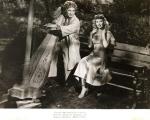




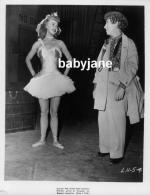
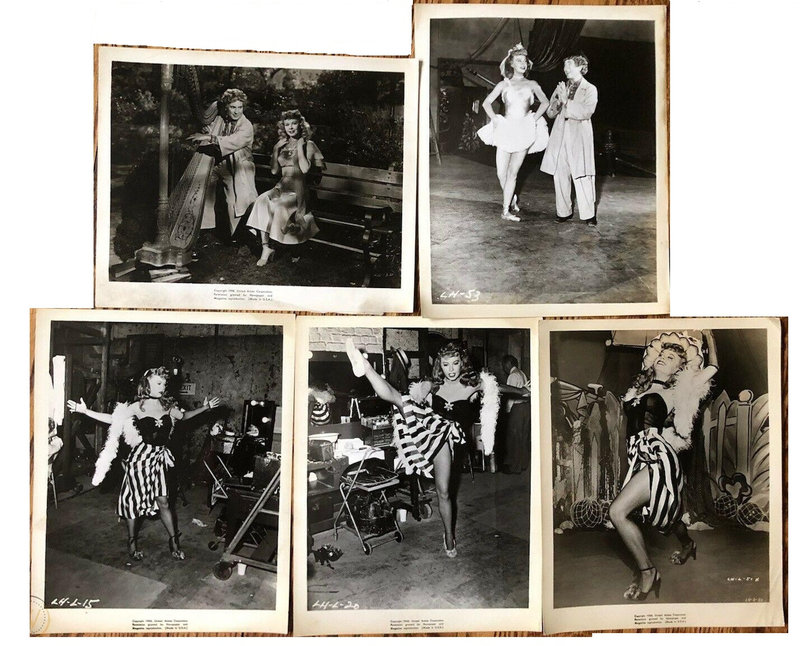


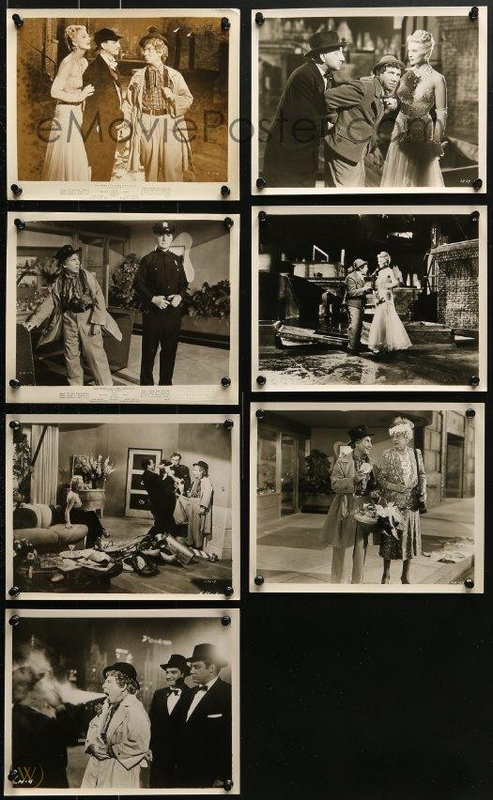
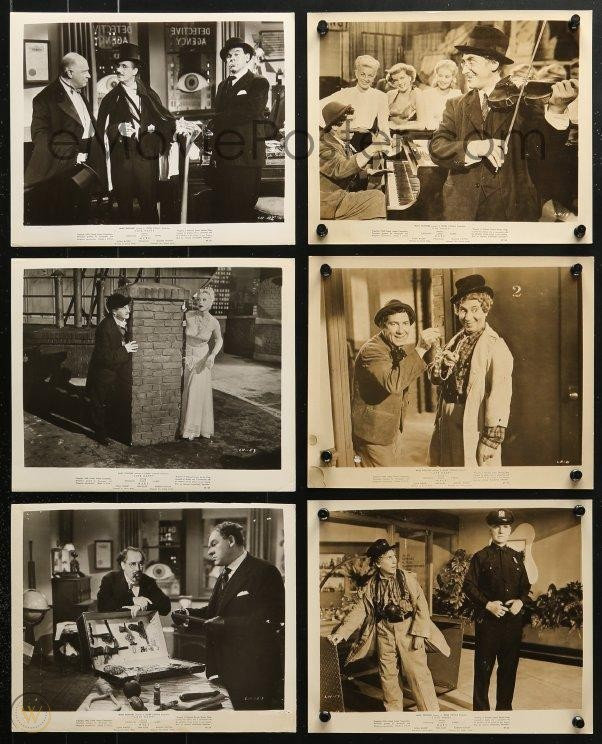

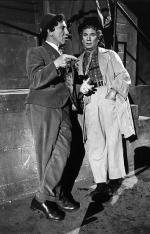
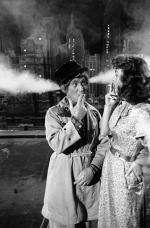

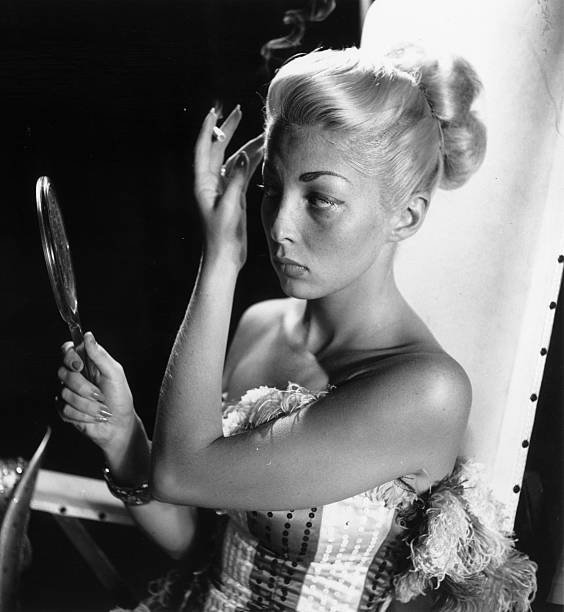














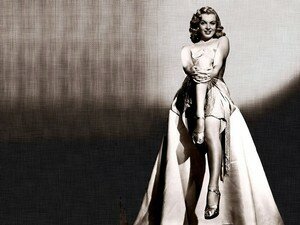
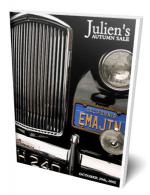

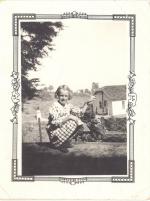

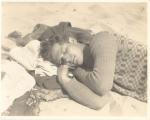

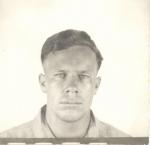
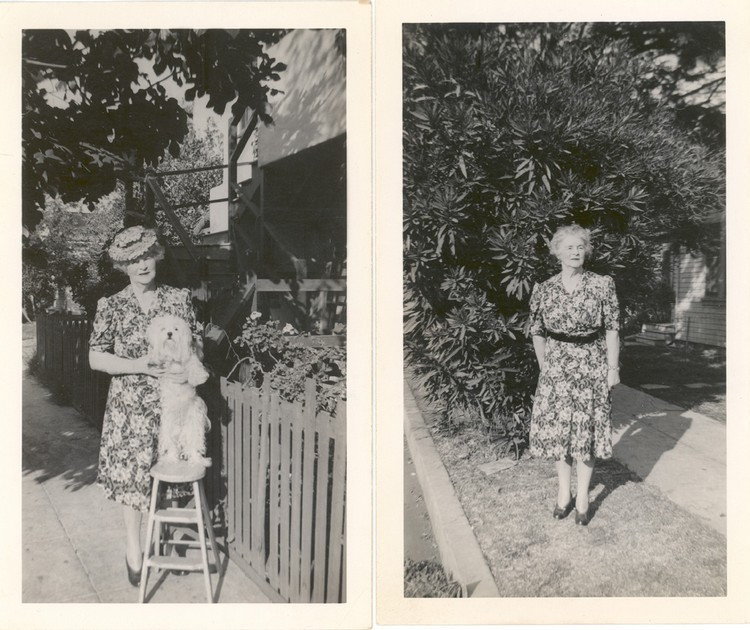



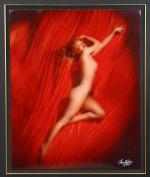

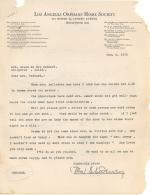
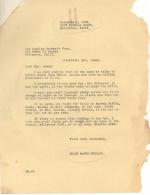

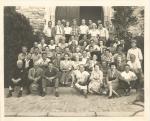


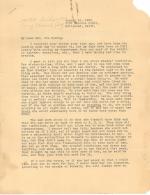
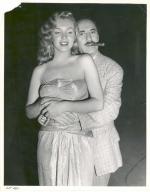
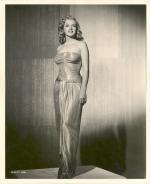
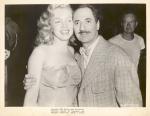
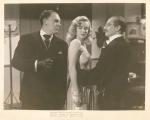
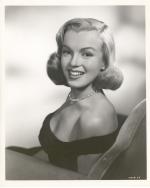
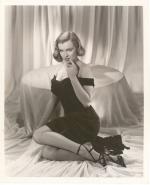

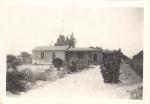
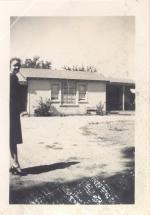


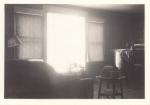


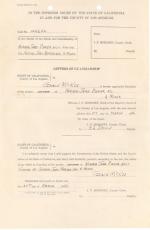
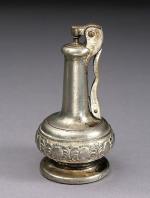






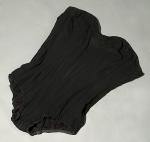

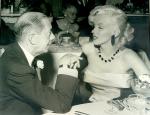

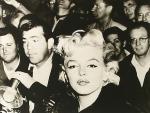
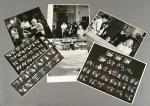

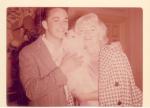


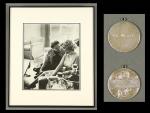



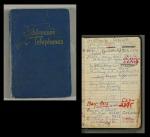


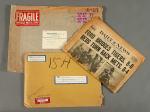
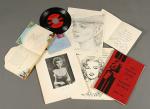

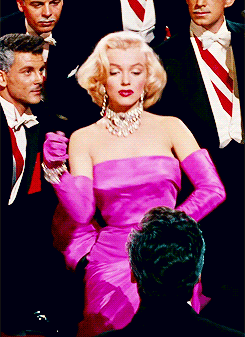
/image%2F1211268%2F20240229%2Fob_66f2c6_tag-mm-public-martin-lewis-show-1.png)
/image%2F1211268%2F20240410%2Fob_07cb4a_blog-gif-mm-stern-1.gif)
/image%2F1211268%2F20240504%2Fob_65c759_blog-gif-mm-premiere-3.gif)
/image%2F1211268%2F20240301%2Fob_735dec_blog-liens-culture.jpg)

/image%2F1211268%2F20240302%2Fob_e11252_blog-liens-friends-jane.gif)